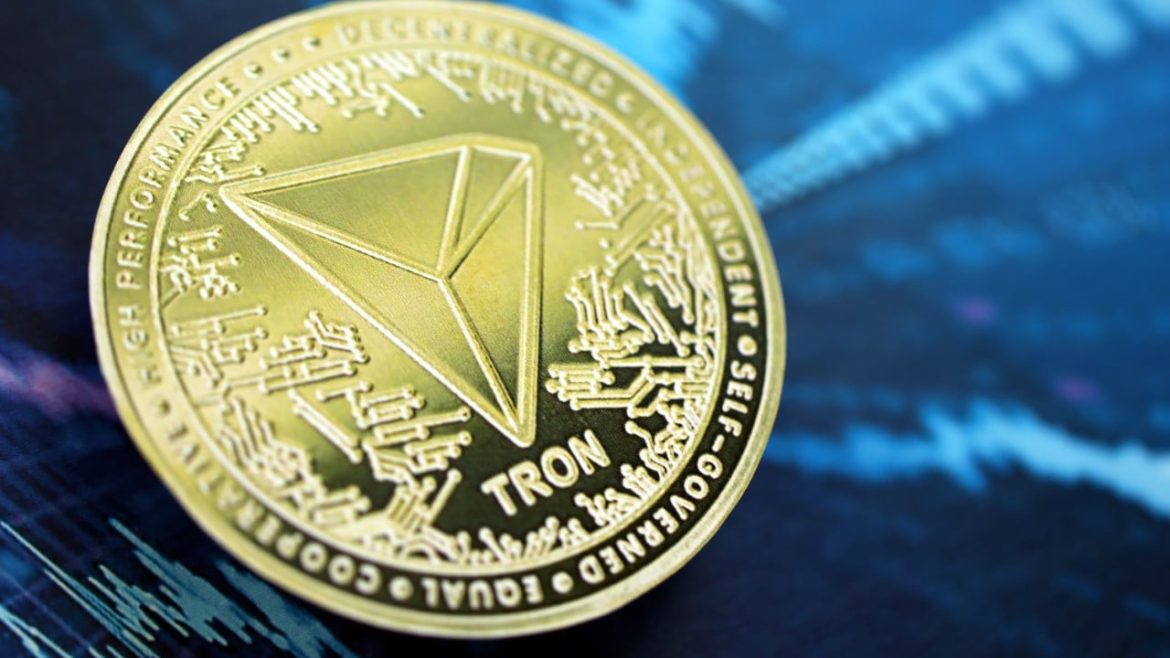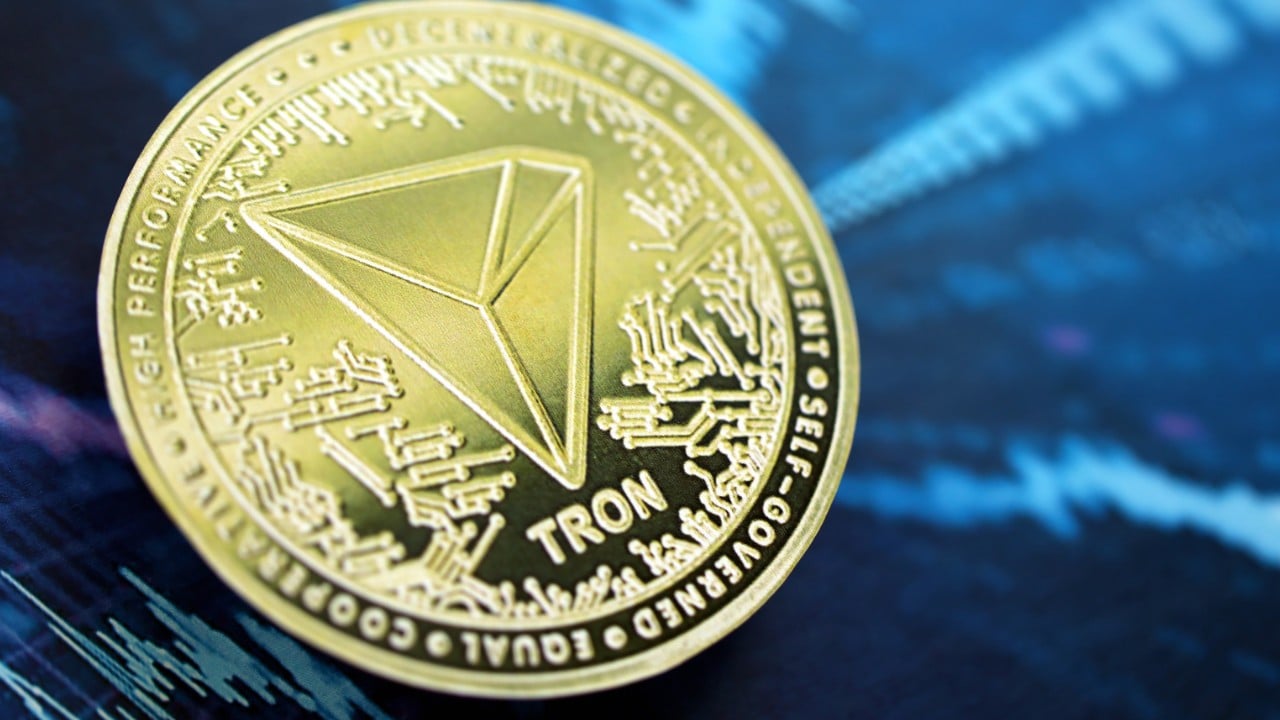Tron’s Billion-Dollar Ambition: A Deep Dive into the SEC Filing
Introduction: A Bold Move in the Cryptocurrency Landscape
Tron Inc., a company closely associated with the enigmatic figure of Justin Sun, has made a bold move by filing a registration statement with the U.S. Securities and Exchange Commission (SEC) to raise up to $1 billion. This development is a significant milestone for Tron Inc., the Tron ecosystem, and the broader cryptocurrency industry. The filing reveals a complex strategy involving treasury expansion, family-backed advisory roles, and aspirations for Nasdaq visibility, all while navigating the watchful eyes of regulatory bodies. This report delves into the implications of this ambitious fundraising effort, exploring both its potential benefits and inherent risks.
The Billion-Dollar Blueprint: Deciphering the SEC Filing
The SEC filing, a Form S-3 shelf registration, grants Tron Inc. the flexibility to issue up to $1 billion in various securities over time. This includes a diverse range of financial instruments such as common stock, preferred stock, debt securities, warrants, rights, and units. The strategic advantage of this type of registration allows Tron to tap into the market opportunistically, tailoring offerings to prevailing conditions and investor demand.
The primary objective behind this capital raise is to bolster Tron’s TRX treasury. TRX, the native cryptocurrency of the Tron network, plays a crucial role in the ecosystem. Increasing its holdings could be used for various purposes, including funding ecosystem development, incentivizing participation, and potentially stabilizing the token’s price. The filing also highlights a $105 million Private Investment in Public Equity (PIPE) deal that was previously funded with TRX tokens.
Tron Inc. is positioning itself as a company that merges blockchain strategy with consumer products, suggesting a broader ambition beyond being a mere blockchain platform. This indicates a strategic shift towards integrating real-world applications and targeting a more mainstream audience.
Justin Sun’s Shadow: Governance Concerns and Family Involvement
One of the most notable aspects of this SEC filing is the involvement of Justin Sun’s family in advisory roles within Tron Inc. While the specifics of these roles remain somewhat unclear, the presence of Sun’s family members in influential positions raises legitimate concerns about corporate governance and potential conflicts of interest.
Critics argue that this arrangement could lead to decisions that primarily benefit Sun and his family, rather than the broader community of TRX holders or the long-term interests of Tron Inc. The concentration of power within a small circle raises questions about transparency and accountability.
Adding to the complexity is Justin Sun’s own history with the SEC. He and several associated companies were previously sued by the SEC for alleged unregistered offers and sales of BTT and TRX tokens. The ongoing legal battle casts a shadow over this new fundraising attempt and adds another layer of scrutiny to the entire operation. Although there have been reports about a potential resolution between Sun and the SEC, the outcome remains uncertain.
Nasdaq Dreams and U.S. Market Access: A Double-Edged Sword
Tron Inc.’s aspiration to strengthen its position within the U.S. market, potentially including a Nasdaq listing, is understandable. A Nasdaq listing would provide increased visibility, legitimacy, and access to a wider pool of investors. It could also signal a commitment to regulatory compliance, at least in appearance.
However, pursuing a Nasdaq listing and actively engaging with the U.S. market also subjects Tron to the full force of U.S. securities laws and regulatory oversight. This means increased scrutiny from the SEC, potential liabilities for non-compliance, and a higher level of transparency than the company may be accustomed to.
The U.S. market is known for its stringent regulations and active enforcement. Tron Inc. will need to demonstrate a clear commitment to compliance and be prepared to answer tough questions about its operations, governance, and financial practices.
Dilution vs. Growth: The Investor’s Dilemma
For existing TRX holders and potential investors, this $1 billion capital raise presents a classic dilemma: the potential for dilution versus the promise of future growth. Issuing new securities, particularly common stock, inevitably dilutes the ownership stake of existing shareholders. This means each share represents a smaller percentage of the company, potentially leading to a decrease in value.
However, if Tron Inc. can effectively deploy the raised capital to fuel growth, expand its ecosystem, and attract new users, the long-term benefits could outweigh the short-term dilution. The key question is whether the company can deliver on its promises and generate sufficient returns to justify the increased supply of securities.
Investors will need to carefully weigh the risks and potential rewards, considering factors such as Tron’s track record, the competitive landscape, and the regulatory environment. The perceived value of Justin Sun’s involvement will also play a significant role in investor sentiment.
Decoding the TRX Treasury: The Need for Transparency
A central component of this fundraising effort is the expansion of the TRX treasury. However, the lack of transparency surrounding the intended use of these funds is a cause for concern. Without clear and detailed plans, investors have no way of knowing whether the capital will be used effectively and in a way that benefits the entire ecosystem.
Tron Inc. needs to provide greater clarity regarding its TRX treasury management strategy. This includes outlining specific goals, investment strategies, and performance metrics. Transparency is essential for building trust and attracting investors who are willing to support the company’s long-term vision.
The Road Ahead: Navigating Regulatory Uncertainty
The cryptocurrency industry as a whole faces a period of significant regulatory uncertainty. The SEC and other regulatory bodies are actively scrutinizing crypto projects, seeking to enforce existing securities laws and potentially introduce new regulations.
Tron Inc. must navigate this complex and evolving landscape carefully. Compliance with U.S. securities laws is crucial for accessing the U.S. market and avoiding potential legal repercussions. The company should prioritize transparency, accountability, and proactive engagement with regulators.
Conclusion: A High-Stakes Gamble
Tron Inc.’s $1 billion SEC registration represents a high-stakes gamble. The company is seeking to raise substantial capital to expand its TRX treasury, fuel growth, and potentially achieve a Nasdaq listing. However, the filing is also fraught with risks, including concerns about governance, regulatory scrutiny, and potential dilution. Whether this move will propel Tron to new heights or lead to further challenges remains to be seen. The next few years will be critical in determining the ultimate outcome of this ambitious endeavor. The cryptocurrency world, regulators, and potential investors will be watching closely.





